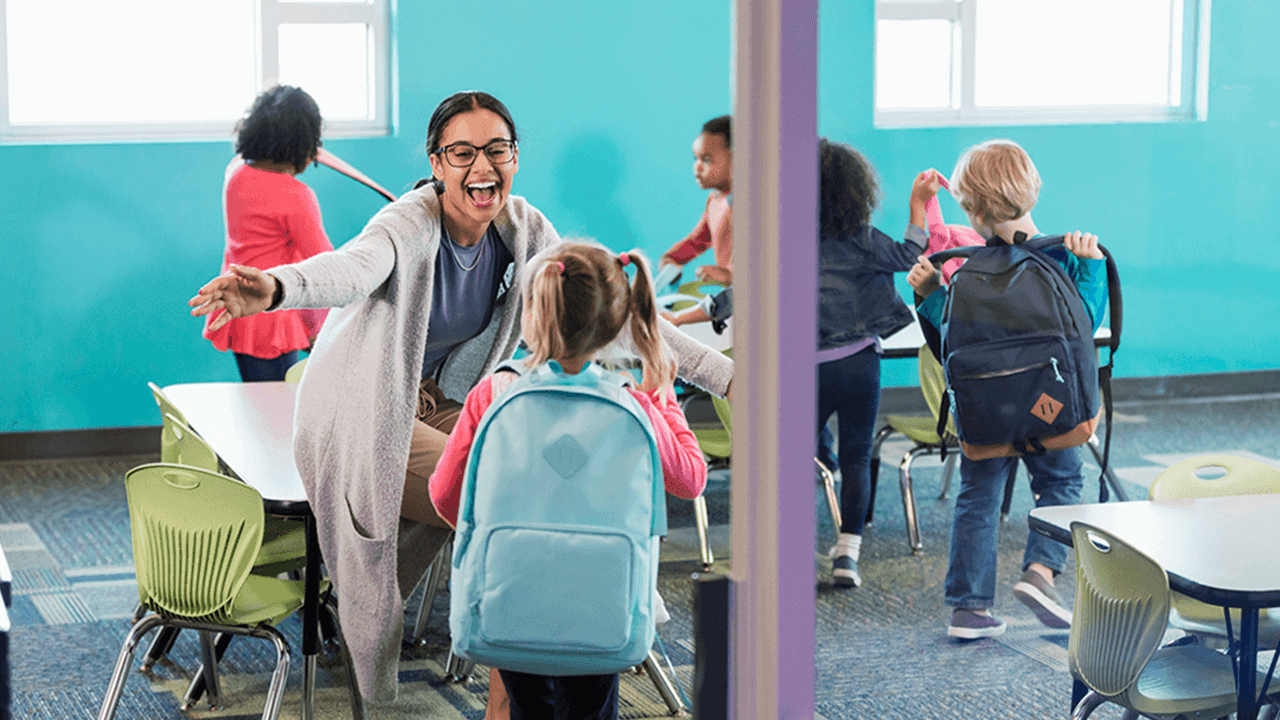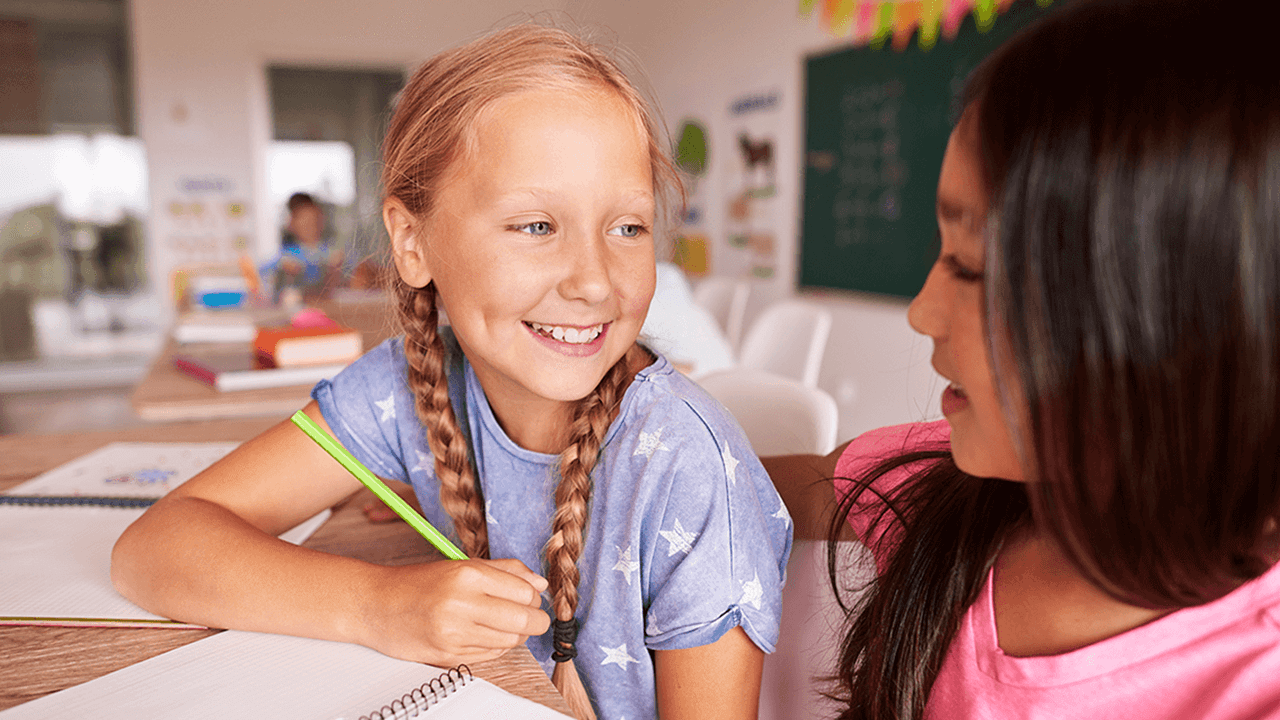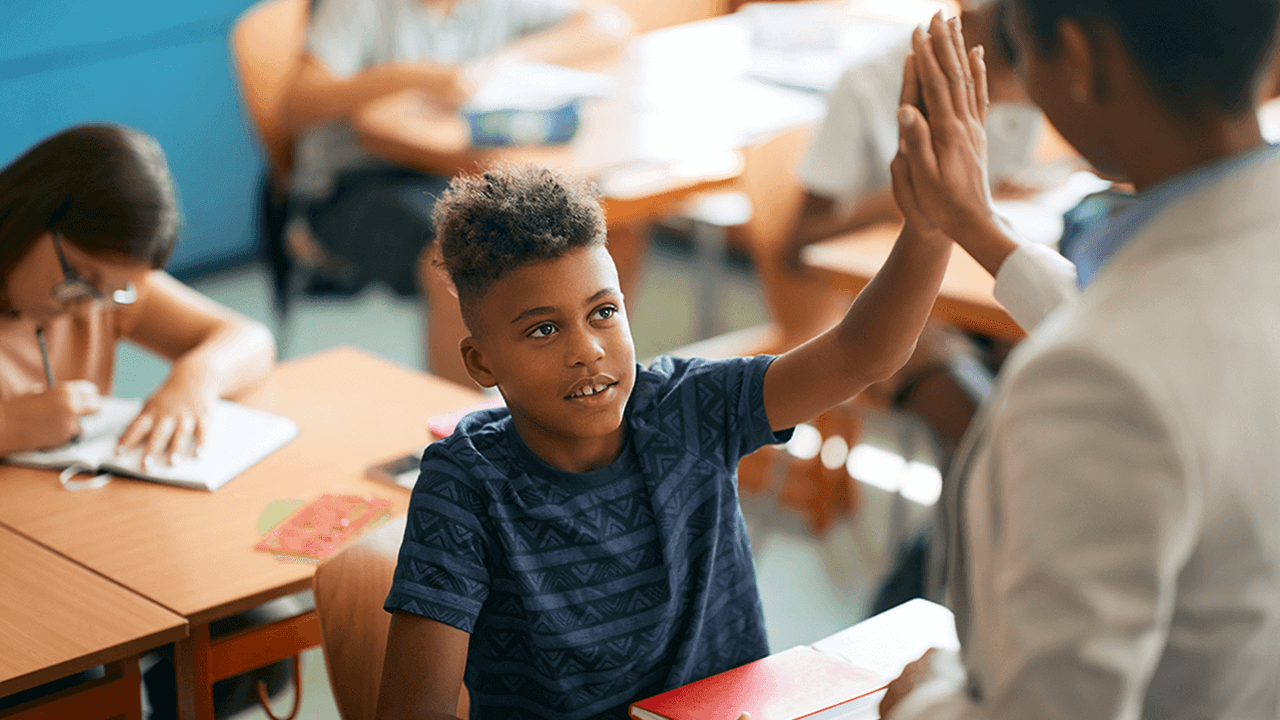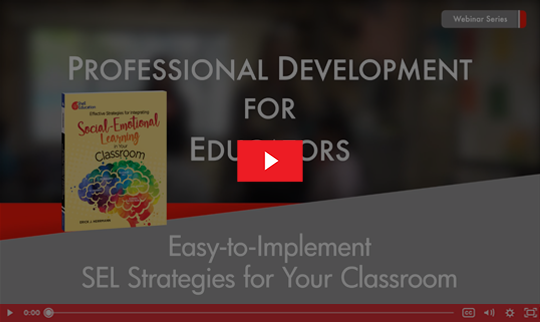5 Easy-to-Implement SEL Strategies for Your Classroom
Focus on building and fostering positive relationships with and among students while teaching students to build, develop, and foster their own relationships. This article presents five simple ways for building powerful relationships in your classroom and beyond as an essential SEL strategy. Plus, watch an on-demand webinar to extend your learning with additional SEL strategies.
The Power of Relationships
Most educators, and perhaps even most people, can easily remember their favorite teacher. It may have been someone during your elementary, middle, or high school years that made an impact on you in some way. Our best teachers, the ones who changed our lives, all have something in common: they built a relationship with us. We trusted them. We knew they cared about us because they showed it in a variety of ways.
When asked what matters most to people in this world, one common answer is family and friends. People matter. Our relationships with those people are treasures that we highly value, perhaps more than just about anything else. During the COVID-19 pandemic, many of us faced isolation as we avoided gathering in groups; we stayed home much of the time, schools moved to virtual and remote learning, and we did not have the opportunity to see family and friends much, if at all. Tragically, many of us lost people we deeply cared about.
Once we were able to meet in person again, and schools reopened, we realized how happy we are to be around people. The isolation and lack of social contact during the pandemic was an epiphany for many: our relationships are some of the most important things in our lives. This is true for adults and youth alike. We need each other. Humans are social beings, and learning is a social process.
It is imperative, then, that now, more than ever, we intently focus on building and fostering positive relationships with our students and among our students. While every teacher knows the importance of building strong relationships in the classroom, we have a renewed sense of urgency to not only develop these relationships, but also to teach our students about how to build, develop, and foster relationships. Building relationships are an essential component of social and emotional learning (SEL).
Strategies for Building Relationships in the Classroom
While there are many ways to build relationships in the classroom, here are five tried-and-true strategies that can be utilized.

Greetings
There have been several viral videos that show creative ways teachers greet their students each day. At the core, daily greetings in which you at a minimum make eye contact, smile, say hello, and say each student ’s name shows them that you see them and acknowledge they are here. As appropriate, add in a physical gesture such as a wave, high five, fist bump, handshake, hug, salute, or other gesture.
Greetings can be incorporated when students greet each other as well. For example, when students are meeting in a small group or partner activity, have them incorporate in a simple greeting by saying something like “Hi _____ (person ’s name)” and potentially using another formal or informal aspect of greetings such as “It’s nice to see you/work with you” or “How’s it going?” This allows students to practice both informal and formal greetings and builds deeper connections and relationships as students get to know each other.

Daily Check-Ins
Checking in with your students daily, and having students check in with each other, builds self-awareness and social awareness, while also fostering relationships and empathy. There are many, many ways to check in with students: from simply asking them how they are feeling, to doing an emoji check-in (where they show how they are feeling with an emoji), an emotional weather report, or using an emotions wheel to pinpoint specific and precise vocabulary to name our feelings.
Follow-Up and Feedback
For the learning process to occur, we need feedback. When we provide both positive and corrective feedback to students with a smile and with a friendly voice, it shows them that we care about them and their learning and their progress. Following up on students after a check-in, either the same day or shortly afterwards, shows students that we care about their well-being as well.
Peer Interactions and Group Work
Building varied peer interactions among students serves several purposes. As mentioned, learning is a social endeavor, and students often need to process information with a peer. These interactions also help to build relationships as students discuss content and work together on tasks. Frequent opportunities to interact, through quick questioning, as well as through more extended activities, allows students to get to know each other better. Strategies such as icebreakers, Find Someone Who, and Task Teams all help to get students interacting, getting to know each other, and deepening relationships.

Appreciations and Shout-Outs
Everyone likes to hear when they are appreciated. Providing an opportunity for students to appreciate their classmates and for the teacher to show appreciation to their students gives us the opportunity to both express gratitude and to hear directly from others how our actions impact them in a positive way. As we share our appreciations and hear the appreciations of others, we make connections to people.
As the teacher, make a note as to who is sharing appreciations and who is being appreciated during these times. Make a point to look for opportunities to appreciate students that are not getting as many acknowledgments and shout-outs from their peers. Consider setting aside a time each week, such as on Thankful Thursdays, to have students share aloud their appreciations for a few minutes. Alternatively, create a gratitude wall where students can write their appreciation and post it for others to see.
Author Bio:
View All AuthorsErick Herrmann, Educational Consultant
Erick Herrmann is an educational consultant with Teacher Created Materials. He has taught at the high school level as a Spanish teacher and Title VII coordinator, elementary literacy and ESL teacher, and served as a Teacher on Special Assignment. He is deeply committed to high quality instruction for all students, and enjoys sharing effective, engaging instructional strategies that teachers can immediately use in their classrooms.
Join the TCM Blog Community
Subscribe by sharing your email address and we will share new posts, helpful resources and special offers on the issues and topics that matter to you and the children and teens you support.
